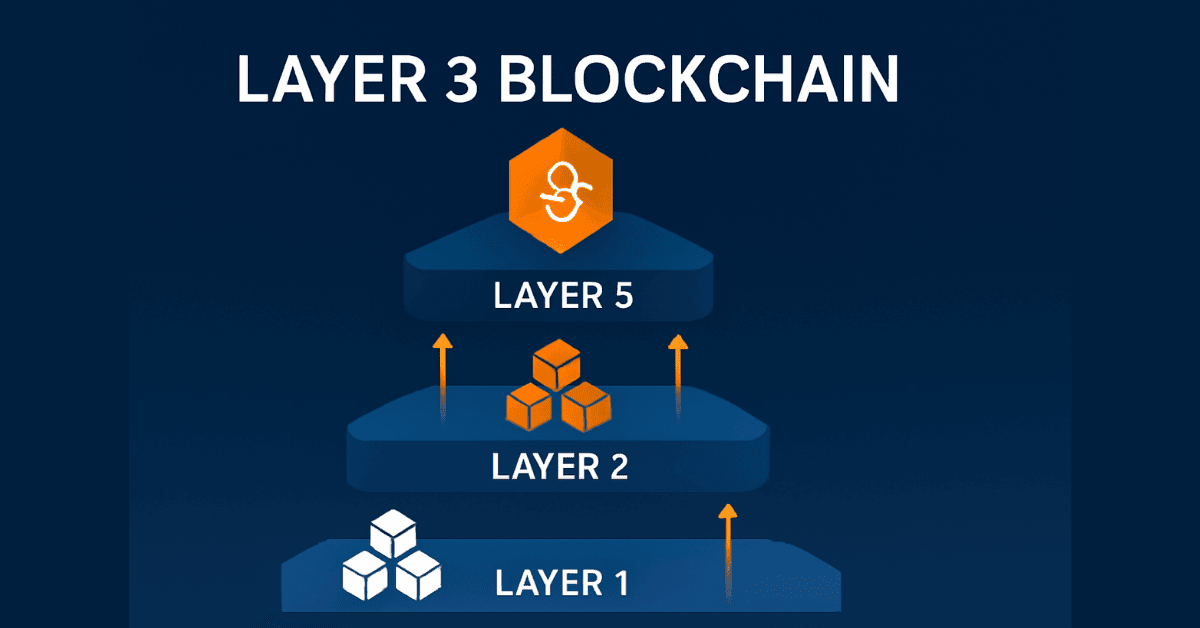
Layer 3: Strategy for Boosting Blockchain Performance
1. What is Layer 3?
Layer 3 refers to blockchain networks built on top of Layer 2, aiming to improve scalability and decentralization for both Layer 2 and Layer 1. These networks often focus on specialized tasks like privacy, data storage, or gaming, easing the workload for lower layers.
2. Relationship Between Layer 1, 2, and 3
- Layer 1 is the core blockchain layer, validating and finalizing transactions.
- Layer 2 is designed to enhance scalability of Layer 1.
- Layer 3 specializes in certain functions, boosting efficiency while inheriting Layer 1’s security.
3. Layer 3 vs. Layer 2 Comparison
| Aspect | Layer 2 | Layer 3 |
|---|---|---|
| Layer Position | Built on Layer 1 | Built on Layer 2 |
| Core Function | General network scalability | Specialized application optimization |
| Use Cases | Infrastructure for other applications | Focus on niches like Gaming, DeFi, Privacy |
4. Layer 3 vs. Layer 1
- Layer 1 offers a secure foundation and consensus mechanism.
- Layer 3 offloads specific tasks from Layer 1 and Layer 2.
While Layer 1 focuses on decentralization and security, Layer 3 emphasizes speed and adaptability.
5. Impact of Layer 3 on Blockchain
Layer 3 boosts blockchain efficiency by addressing specific functions. This specialized focus helps improve network throughput and prepares blockchain for wider real-world use.
6. Drawbacks and Debate
Vitalik Buterin criticized the vague definition of Layer 3. He warned about data availability issues and suggested that each layer should have its own validation logic while still relying on Layer 1 for security.
7. Notable Layer 3 Projects in Development
- zkSync Hyperchain: Built by the zkSync team to enhance the zkSync Era, currently in testnet.
- Arbitrum Orbit: Developed on Arbitrum Nitro, supporting use cases like NFTs and gaming.